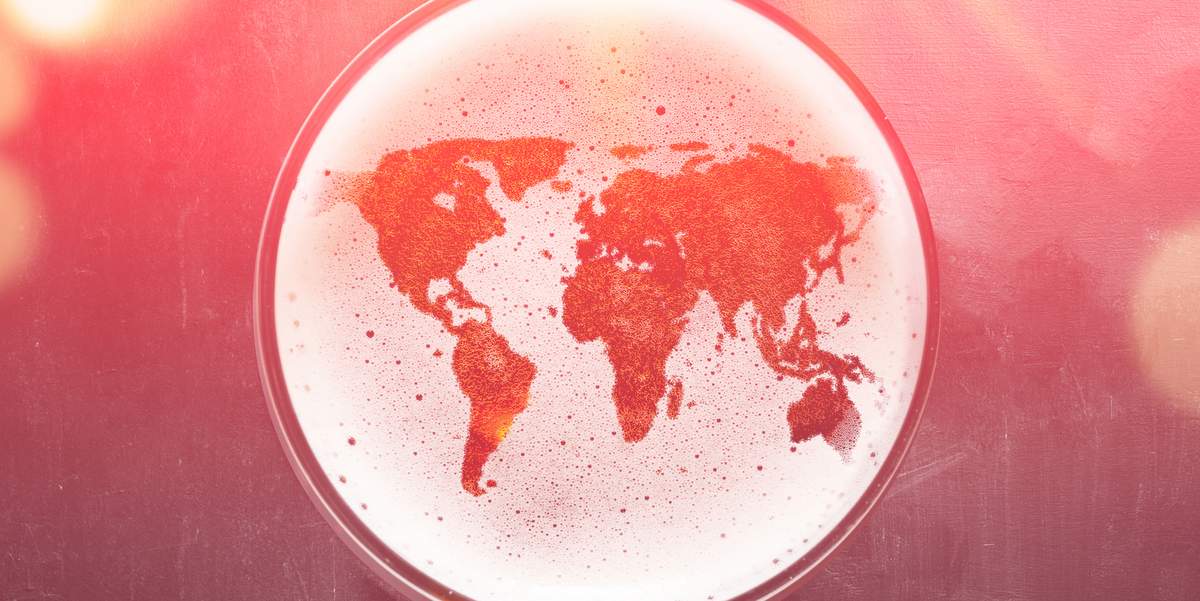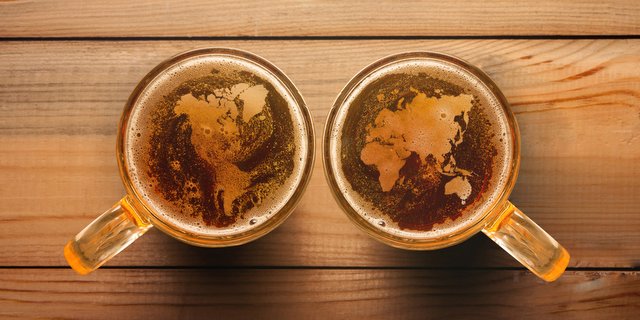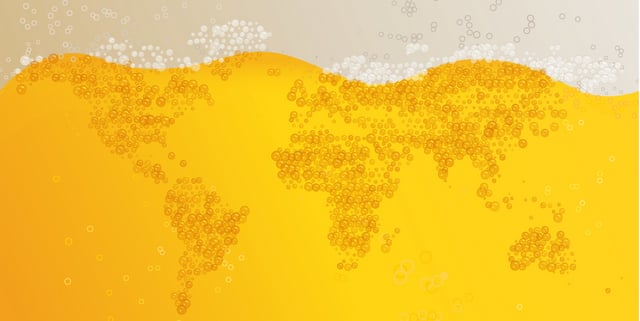
In preliminary figures recently released by the IWSR, a leading authority on data and analysis of the global beverage alcohol market, total alcohol volume in the U.S. declined -0.8 percent last year to 3.345 billion 9-liter cases, which is slightly worse than the -0.7 percent slip the year prior. Distilled spirits were up +1.9 percent and wine grew slightly by +0.4 percent. Innovations in the cider and mixed drinks categories helped reverse their decline from 2017, to post increases of +4.1 and +6.1 percent, respectively. Beer, which at 2.62 billion 9-liter cases has long dominated the alcohol market in the United States, was down -1.5 percent.
These initial 2018 category results for the U.S. market are part of the IWSR U.S. Beverage Alcohol Review (US BAR) database, available to IWSR’s global customers.
“Spirits and wine showed slight growth in 2018, but those category increases weren’t as high as previous years. It’s clear that Americans are drinking less overall, which is likely a result of the continued trend toward health and wellness,” said Brandy Rand, IWSR’s U.S. President and global Chief Marketing Officer. “We’ve also seen for some time now that consumers aren’t necessarily loyal to just one category, which leads to less volume for individual brands. Also, the aging baby boomer population, the largest group of legal drinking age consumers, is contributing to slowed growth as well.”
Beer market share declines, craft beer rises
As beer volumes have declined, so has the category’s share of the total U.S. alcohol market. In 2018, beer commanded 78.3 percent of U.S. alcohol volume, down from 78.9 percent in 2017. Consumer interest in craft beer remains healthy, however, with a 2018 increase of +4.7 percent, and a continued rise in on-site consumption at domestic breweries.
Mezcal gains
Total spirits in the U.S. reached 230.2 million 9-liter cases in 2018, driven by whisky (up +4.1 percent), tequila (up +8.5 percent), cognac/Armagnac (up +5.6 percent), and brandy (up +1.7 percent). Yet the largest gain was in the fast-growing mezcal category, which saw an increase of +32.4 percent, albeit from a relatively small base of 261,000 9-liter cases.
24th consecutive year of wine growth
In 2018, wine achieved its 24th consecutive year of volume growth in the U.S., aided by more than 13,000 wineries in the country, a number which increased by almost 1,000 in 2018. The still wine segment, which commands 87.3 percent of the total wine category, was up only 0.2 percent. Sparkling wine, led by prosecco (+11 percent), increased by 4.3 percent.
Alcoholic seltzers and ciders prove popular
The mixed drinks category (how the IWSR defines ready-to-drink, flavored malt beverages and other premixed cocktails) was the most buoyant segment within U.S. beverage alcohol in 2018, up +6.1 percent, driven by increased thirst for alcoholic seltzers, which consumers often perceive as healthier alternatives to other products. Additionally, rose-flavored ciders and local craft ciders helped drive +4.1 percent growth in that category.
To calculate these figures, the IWSR carefully collects and analyzes data from the trade with verification from supplier-provided financial releases and other proprietary data collection. This information is considered preliminary data (p) and is subject to revision with the official IWSR 2018 global database release in May 2019.





[…] decline for quite some time. While craft beer sales still continue to slowly grow, beer consumption overall is down, and that trend looks to continue. In response, we’ve seen great interest from beer makers of all […]